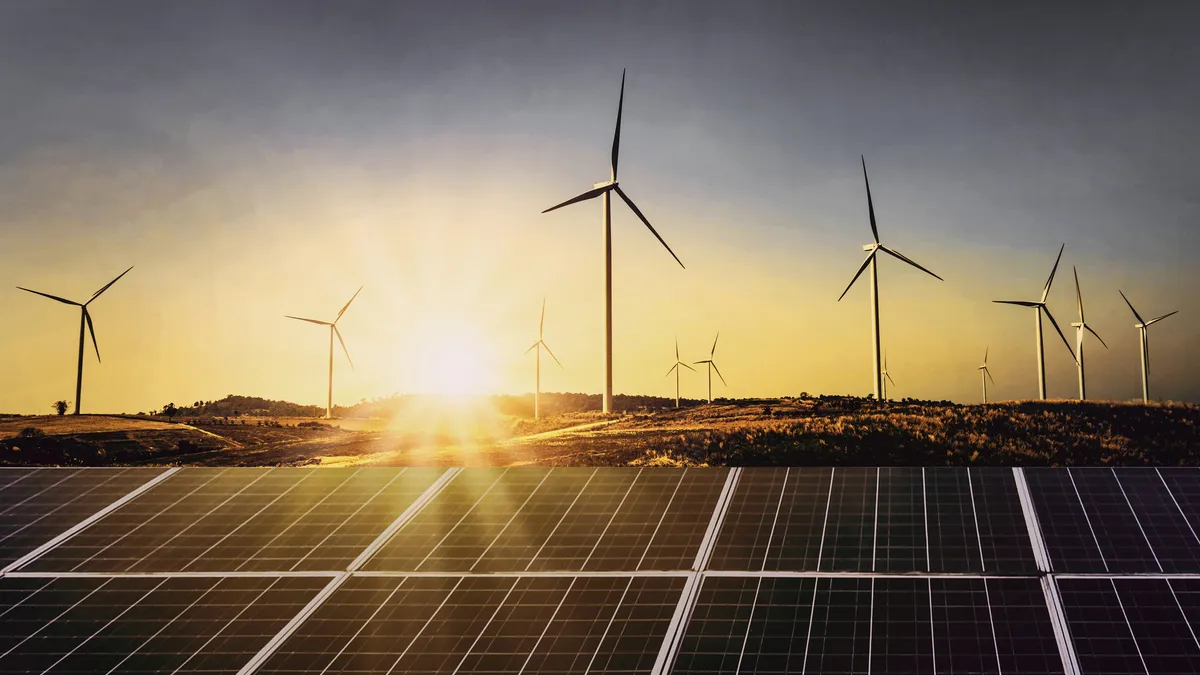Researchers used a starch derivative to boost the capacity and longevity of a next-generation flow battery in a record-setting experiment, the Department of Energy’s Pacific Northwest National Lab, or PNNL, said on Monday.
The breakthrough could lead to the scale-up of long-duration fluorenone-based flow batteries, which PNNL unveiled in 2021, according to PNNL. Flow batteries store energy in liquid electrolytes.
The scientists optimized the ratio of chemicals in the flow battery system until it achieved 60% more peak power, PNNL said. They cycled the battery continuously for more than a year with minimal capacity loss, which had never occurred before, the DOE lab said.
“Fluorenone-based flow batteries with the organic additive β-cyclodextrin demonstrate enhanced rate capability, high capacity, and long cycling,” the researchers said in a summary of the study published July 6 in Joule.
The study opens an avenue to improve the kinetics of aqueous organic flow batteries by modulating the reaction pathway with a homogeneous catalyst, they said.
“This is a brand new approach to developing flow battery electrolyte,” said Wei Wang, a PNNL battery researcher and the principal investigator of the study. “We showed that you can use a totally different type of catalyst designed to accelerate the energy conversion.”
Also, because the catalyst is dissolved in the liquid electrolyte, it eliminates the possibility of a solid dislodging and fouling the system, Wang said.
Commercial flow batteries rely on minerals such as vanadium that are expensive and hard to obtain so researchers are seeking alternatives that use materials that are easily synthesized, stable and non-toxic, PNNL said.
“We need to develop a sustainable approach with chemicals that we can synthesize in large amounts,” said Imre Gyuk, director of energy storage research at DOE’s Office of Electricity.
The study is part of the lab’s research into grid-scale energy storage. It comes as DOE is seeking to cut the cost of long-duration storage by 90%.















